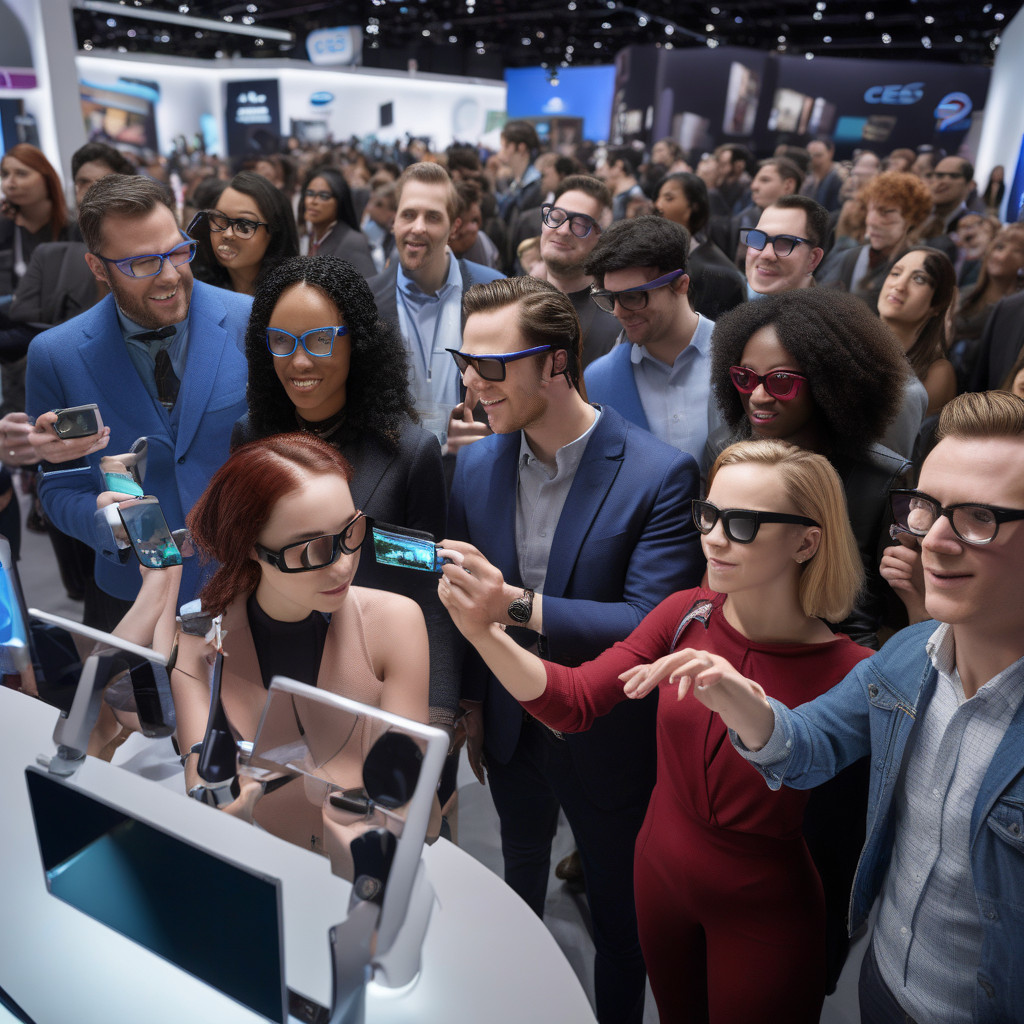Smart glasses took center stage at the recent Consumer Electronics Show, with an array of lightweight frames boasting heads-up displays and AI assistants. Unlike the bulkier mixed-reality headsets, like Meta’s Quest 3 and Apple’s Vision Pro, these smart glasses offer a more practical and comfortable user experience.
One standout at the event was Halliday’s smart glasses, featuring a discreet 3.5-inch screen for various functions like real-time translation and navigation. Priced at $489 and weighing only 1.2 ounces, they offer a compelling blend of form and function. Similarly, Even Realities provides a minimalist approach with its G1 smart glasses starting at $599, integrating a micro-LED projector for a heads-up display.
Rokid also made waves with its lightweight Glasses, designed for all-day wear and packing impressive features like a green text display and a 12-megapixel camera. Additionally, Nuance Audio, a subsidiary of Meta’s partner EssilorLuxottica, offers smart glasses with integrated hearing aids for enhanced functionality.
While some heavier models like Xreal’s One Pro and TCL’s RayNeo X2 lean more towards augmented reality, lighter smart glasses are gaining momentum. IDC predicts an 85.7% annual growth rate in smart glasses shipments, positioning them as a significant category within the broader AR/VR market.
Enterprise-focused smart glasses, like Vuzix’s offerings, are also emerging, hinting at a broader range of applications beyond consumer use. As the technology evolves, smart glasses are poised to revolutionize various industries with hands-free visual information capture and real-time translation capabilities.
With the continuous advancements in smart glasses technology, we are witnessing a shift towards sleeker designs and enhanced functionalities that cater to both consumer and business needs. As smart glasses become more mainstream, the possibilities for innovation and utility in our daily lives are truly exciting.

